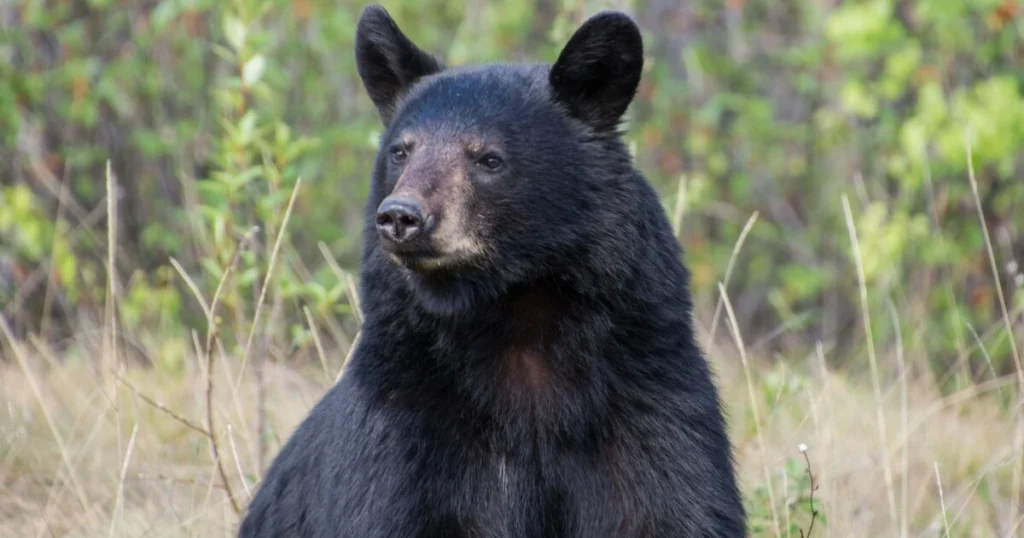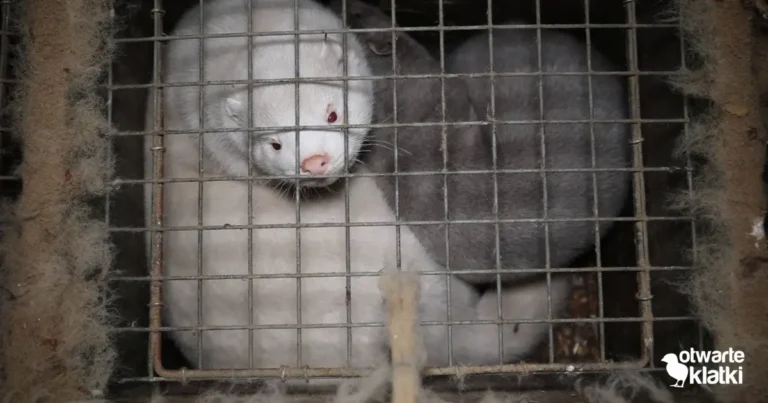
Photo by Kyle Kempf / Getty Images
Black bears and other wildlife are looking for easy meals as summer turns to fall, so it is important that residents take a few minutes to do a check of their property for attractants.
Attractants are simply items – often food or food waste – that will draw the attention of wildlife, who may learn to continue returning to that site. While many animal lovers rejoice at the idea of visitors, attracting wildlife to one property means they’ll also commonly visit others and be at increased risk of being killed by government agencies. Animals like bears, coyotes, raccoons and others will also take greater risks to access food – such as crossing busy roads or getting closer to people and pets.
Fortunately, attractant checklists like the one below can help individuals identify possible attractants and manage them before they become an issue that affects wildlife and the community. Do you have any recommendations for attractants not on the list below? Let us know at info@TheFurBearers.com or in the comments on our social media pages!
- Waste. Garbage cans, recycling bins, and organic waste should all be stored securely, as per local and provincial regulations. Often this means keeping waste in a secure location, like a shed with metal or heavy resin-based walls, or in the home, until the morning of pickup or delivery to a waste transfer station.
- Bird feeders. High calorie, high fat bird seed will attract bears from a distance – as well as rodents, foxes, coyotes, birds of prey, and various other animals looking for a quick snack. It is recommended that bird feeders are removed from early spring to late fall, and should be monitored frequently for spillage. Some communities advise removing bird feeders entirely due to these issues.
- Fruit trees and berries. Ripened fruit and berries left unpicked or on the ground are common attractants across Canada. Pick fruit and berries as they ripen or just before, and if you’re not able to manage the plants, consider asking for help! Click here to read more about how fruit trees and berries can be managed to help wildlife.
- Garden spaces. Growing your own produce is a joy – but keeping your plants and wildlife safe takes some effort. In areas with bears, deer, and other large wildlife, consider fencing in garden spaces and/or using electric fencing as appropriate.
- Barbecues and eating areas. The grease traps in barbecues are a stinky siren call for bears and other animals, and the crumbs dropped from a messy sandwich can bring in rodents (who in turn are followed by larger animals). Give your outdoor eating and food prep areas a good cleaning when seasons turn over.
- Pet food. Kibble, wet food, or scraps from snacks and treats all attract wildlife. Removing and spraying down eating areas can clean this attractant up quickly.
- Check for access points. Seasonal changes are a great time to look around your property for spaces where animals may be trying to access or den. Under sheds and decks are common zones, and look along roof lines (soffits, shingles, and chimneys) for any gaps that could be exploited.
